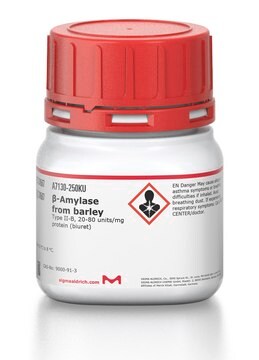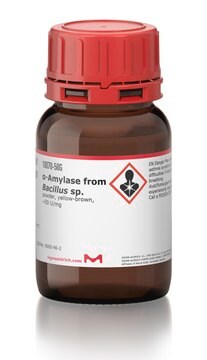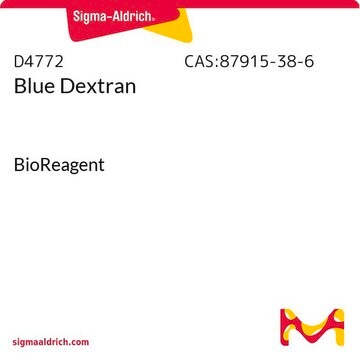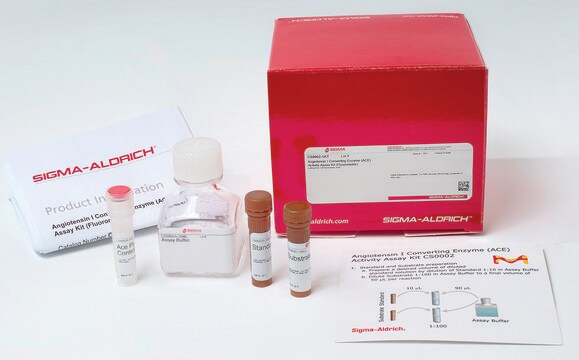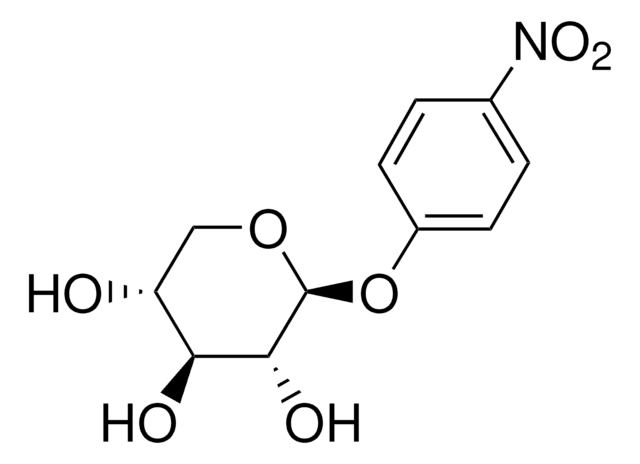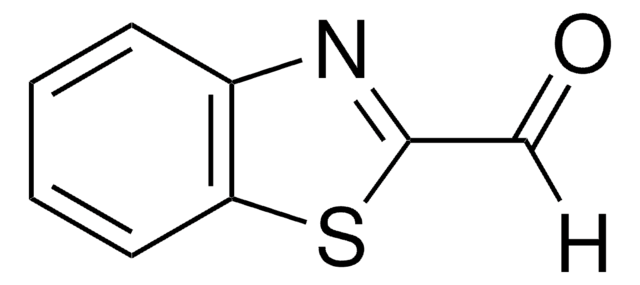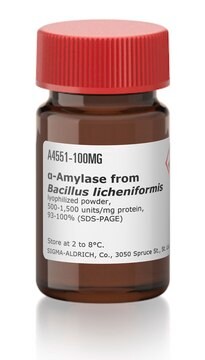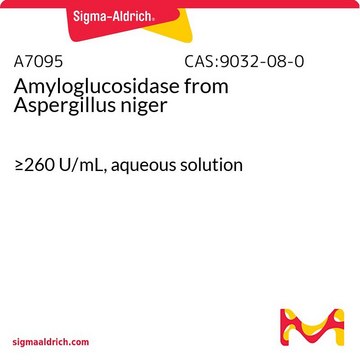A7005
β-Amylase from sweet potato
Type I-B, ammonium sulfate suspension, ≥750 units/mg protein (E1%/280)
Synonyme(s) :
1,4-α-D-Glucan maltohydrolase
About This Item
Produits recommandés
Source biologique
sweet potato
Niveau de qualité
Type
Type I-B
Forme
ammonium sulfate suspension
Activité spécifique
≥750 units/mg protein (E1%/280)
Score du produit alternatif plus écologique
old score: 57
new score: 1
Find out more about DOZN™ Scoring
Caractéristiques du produit alternatif plus écologique
Waste Prevention
Safer Solvents and Auxiliaries
Design for Energy Efficiency
Learn more about the Principles of Green Chemistry.
sustainability
Greener Alternative Product
Concentration
≥7.0 mg/mL
Autre catégorie plus écologique
Température de stockage
2-8°C
Vous recherchez des produits similaires ? Visite Guide de comparaison des produits
Description générale
Application
- in the hydrolysis of starch and starch-pectin combinations
- for comparing amylases from different sources in Staphylococcus aureus SH1000 biofilm inhibition and reduction assay
- for selenium speciation in samples
Actions biochimiques/physiologiques
Définition de l'unité
Forme physique
Autres remarques
Mention d'avertissement
Danger
Mentions de danger
Conseils de prudence
Classification des risques
Resp. Sens. 1
Code de la classe de stockage
11 - Combustible Solids
Classe de danger pour l'eau (WGK)
WGK 3
Faites votre choix parmi les versions les plus récentes :
Certificats d'analyse (COA)
Vous ne trouvez pas la bonne version ?
Si vous avez besoin d'une version particulière, vous pouvez rechercher un certificat spécifique par le numéro de lot.
Déjà en possession de ce produit ?
Retrouvez la documentation relative aux produits que vous avez récemment achetés dans la Bibliothèque de documents.
Les clients ont également consulté
Articles
Instructions for working with enzymes supplied as ammonium sulfate suspensions
Protocoles
Enzymatic Assay of β-AMYLASE (EC 3.2.1.2)
Notre équipe de scientifiques dispose d'une expérience dans tous les secteurs de la recherche, notamment en sciences de la vie, science des matériaux, synthèse chimique, chromatographie, analyse et dans de nombreux autres domaines..
Contacter notre Service technique


